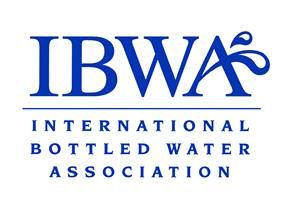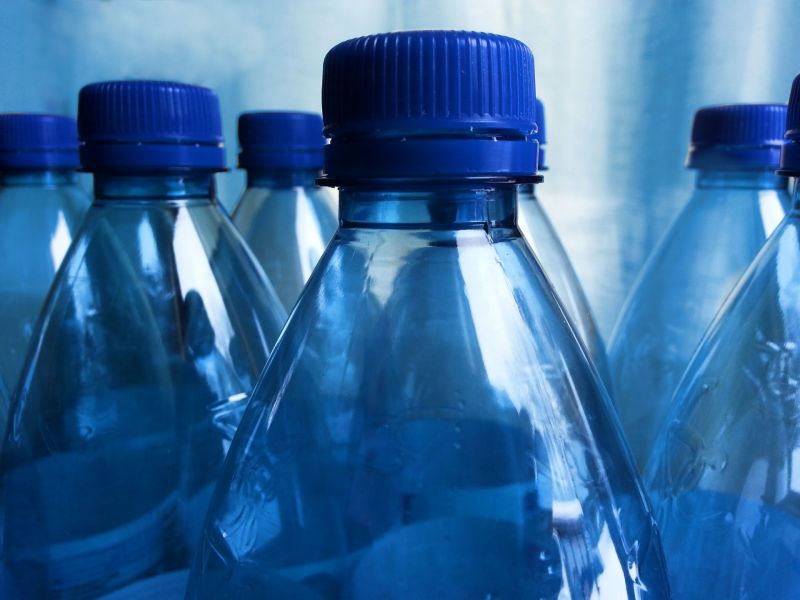Industry Response to Research Claiming to Have Found Microplastic Particles in Bottled Water
Published on by Water Network Research, Official research team of The Water Network in Business
The non-peer reviewed study released by Orb Media is not based on sound science, and there is no scientific consensus on testing methodology or the potential health impacts of microplastic particles. Therefore, this study’s findings do nothing more than unnecessarily scare consumers.

Scientific experts in the field told the BBC News, “The particles below 100 microns had not been identified as plastic” [emphasis added] and that “since the alternatives would not be expected in bottled water, they could be described as probably plastic" [emphasis added].
Those not-identified substances made up the vast majority of particles counted. The study even acknowledged that the make-up of those particles was not confirmed but could "rationally expected to be plastic.”
The study’s “probably plastic” findings are weak at best and reporting it as news is alarmist and not responsible journalism.
Microplastic particles are found everywhere – soil, air, and water. And, as the report states, currently there is no evidence that microplastics can cause harm to consumers.
Orb Media is not an objective news outlet. In the past, Orb Media has shown itself to be an organization that has preconceived positions on issues and produces studies that support its point of view.
Consumers can remain confident that bottled water products, like all food and beverages, are strictly regulated by the U.S. Food and Drug Administration and, thus, are safe for consumption. The bottled water industry is committed to providing consumers with the safest and highest quality products.
Provided below are additional points, in more detail on this study:
The Orb Media-sponsored research focuses solely on bottled water products. However, it is important to note that thousands of other food and beverage products also use plastic containers and, perhaps even more important, that microplastic particles are found in all aspects of our environment – soil, air and water.
To date, there is no applicable regulatory framework or scientific consensus with respect to the adequate testing methodology or potential impacts of microplastic particles, which could be found in any bottling environment.

Representative image, Source: Public Domain Pictures
There is no scientific consensus on the potential health impacts of microplastic particles. The data on the topic is limited and conclusions differ dramatically from one study to another.
However, a recent scientific study published in the peer-reviewed journal Water Research in February 2018 concluded that no statistically relevant amount of microplastic can be found in water in single-use plastic bottles. (Analysis of microplastics in water by micro-Raman spectroscopy: Release of plastic particles from different packaging into mineral water by Schymanski et al.)
Orb Media’s position on microplastics seems to be based on the faulty premise that if this substance is found in a bottled water product that it presents a health concern, even if no regulatory standard has been established. Because there is no scientific consensus about the potential health impacts of microplastic particles, the US Food and Drug Administration (FDA) has not issued any regulations concerning these substances in foods and beverages. Any regulatory action concerning microplastic particles would need to be based on sound science, including demonstrating a correlation between the levels of this substance found in foods and beverages and any potential adverse health effects.
Despite the claims about microplastics by Orb Media, consumers can remain confident in the safety and quality of their bottled water products. Bottled water, as a packaged food product, is strictly and comprehensively regulated by the U.S. Food and Drug Administration (FDA). All bottled water products are produced utilizing a multi-barrier approach. From source to finished product, a multi-barrier approach helps prevent possible harmful contamination to the finished product as well as storage, production, and transportation equipment. Many of the steps in a multi-barrier system are effective in safeguarding bottled water from microbiological and other contamination.
Measures in a multi-barrier approach may include one or more of the following: source protection, source monitoring, reverse osmosis, distillation, micro-filtration, carbon filtration, ozonation, and ultraviolet (UV) light.
As always, the bottled water industry is committed to providing consumers with the safest and highest quality products and we are following any scientific developments on this subject closely.
Read full article: Globe Newswire
Media
Taxonomy
- Drinking Water Security
- Decontamination
- Drinking Water Treatment
- Decontamination
- Contaminant Removal
- Drinking Water Managment
- Drinking Water
- Contaminant Control
- Plastic Pollution
8 Comments
-
The industry is stating undeniable relevant facts. I am not in favor of plastic anything. But from a scientific viewpoint protocols must be followed or the report must be labeled as fake. If any organization takes a "Fake" report and promotes it for their personal agenda the Fake does not wash off. In the US we have the biggest Fake news in the world , CNN. Europe has their biggest fake news, BBC. This make believe issue is easily eradicated by natural forces in nature. When Fake news, agendas, and news media ignore nature we all pay for it. If looking for a course of action ask a scientist not a politician.
-
Still we are using Plastic Bottles
Reusable Glass Bottles and Free Water Booths is the Solution -
The "precautionary" principle suggests that it is worth looking into and not dismissing out of hand. It might prove be a non-event, but, I remember the initial concerns at Flint being dismissed.... (not to suggest that this is a Flint situation, but, we should avoid dismissing things before conducting further research).
-
The Water Network is following this topic and found it to be credible as the BBC is one of the most independent news sources and normally does good investigative reporting. More importantly that the WHO has launched a health review as a result of this reporting. We will post the results when they are made public.
-
Its alarming for us.
-
It appears some companies have I. F. to call out fake news when others will not.
1 Comment reply
-
Which is the fake news?
-
-
Cured moulded plastics leaching is subject to various finer technical research and cannot be claimed as leaching of micro particles. Unless the bottles and cans are re-used for repeated supply (such as 20 litre cans) there are specific virgin plastics mostly poly olefins which are acclaimed food grade plastics which are non toxic and non leaching. I was also not sure a s Post Grad in Plastics and with 30 years of experience in this field, how they have measure this aspect and if it is true, most of school children drinking water from plastics bottles would have had serious after effects, which is not the case. Unauthentic reporting, I would say.
-
But how should respond to this??? --- http://www.waterfyi.com/featured/w-h-o-ya-gonna-believe/
1 Comment reply
-
Independent research labs must respond. We have a duty to identify fake news versus credible sources. The Water Network takes this very seriously. Help us with your knowledge sharing and opinions on this topic.
-